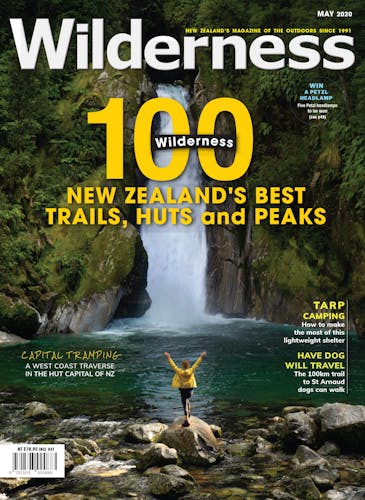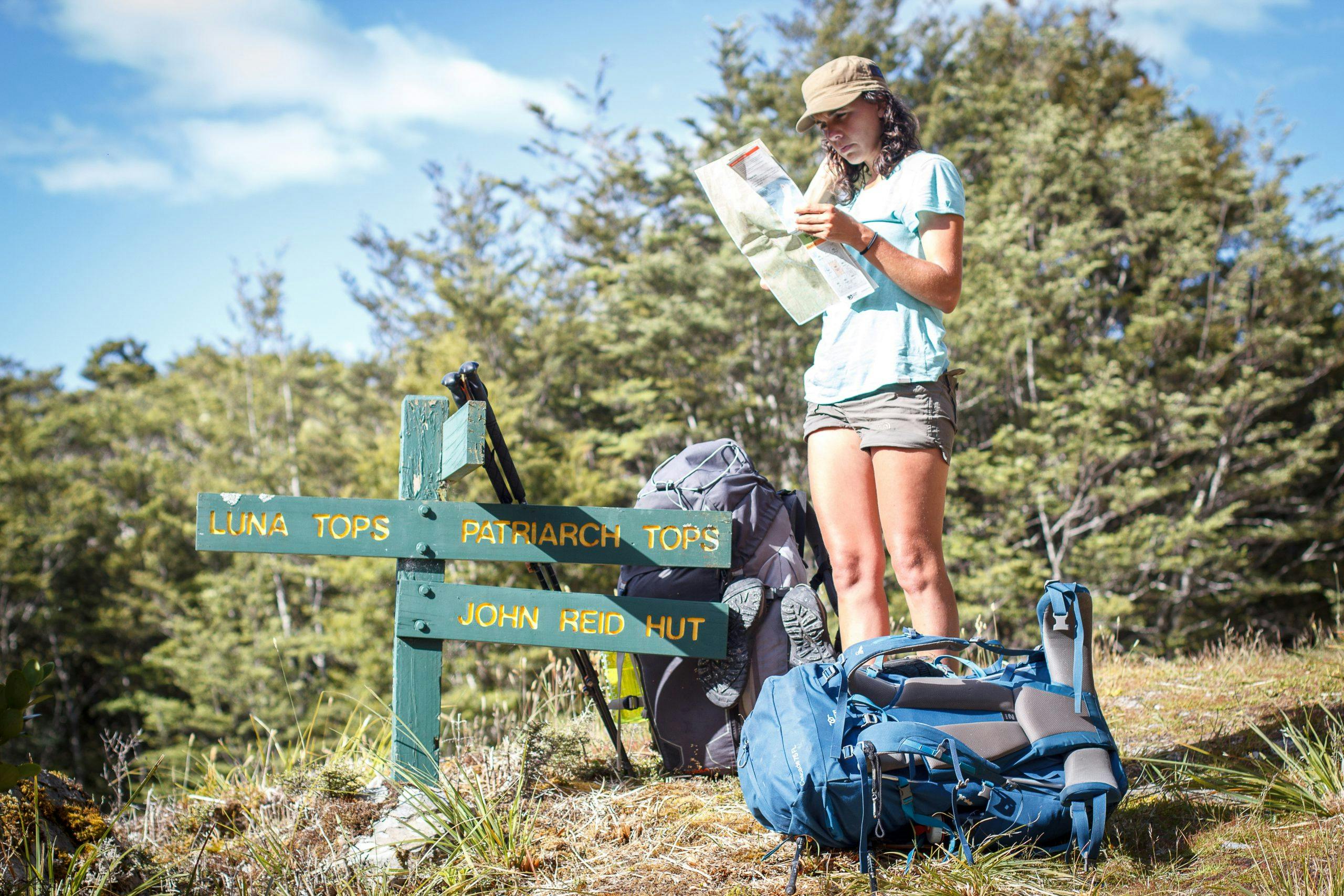Just because your trips are easy day or overnight walks, doesn’t mean you can neglect your navigation skills.
Those who usually go on day walks or overnighters often feel they don’t need to learn any navigation skills. But looking through search and rescue incidents will reveal just how wrong this attitude can be. Here’s what you should be doing for every walk, no matter its duration or difficulty.
Use a map, even on an easy walk: Look at the map before you go and take a copy of the map with you. You might think you can’t read a map but there are many clues you can get even if you have limited skills.
It is important to start on the right track if you want to get to your destination. One Christmas Eve, a party of three took a wrong track and were exhausted when they got to a hut. After an uncomfortable night, they had a Christmas they will never forget, spent not with family but search and rescue teams.
If they had looked at a map before starting, they would have seen the track they should have taken was on the right-hand side of the road, quite a distance from the road end. Instead, they started at the end of the road under the wall of a dam. The map would have shown them that the track did not run alongside a dam, rather it was beside a river. These clues could have been read by anyone, no matter their map reading expertise.
Form a picture of the trip in your head: Before you leave, look at the overall shape of the trip and any identifying clues. If you have an overall picture in your head, you may notice if the track you take doesn’t fit that picture. If you are expecting the track to go anticlockwise around a lake, you should be looking to see the lake stays on your left.
Note a few waypoints: Identify features on the map that you will recognise while you are walking. There may be a track junction or a bridge. Seeing those features may reassure you that you are on the right track. They can also be an indicator of your progress. Imagine you are walking on a three-hour track and you come to a track junction that is about a third of the way along. If you reach that track junction in an hour, you know you are going well. But if it takes you two hours to reach that point, you might decide to turn back rather than carrying on.
Practise: Even if you’re not good at reading maps, if you take and use one on all your trips, you’ll eventually become a pro.
– Heather Grady is an instructor with Outdoor Training New Zealand








